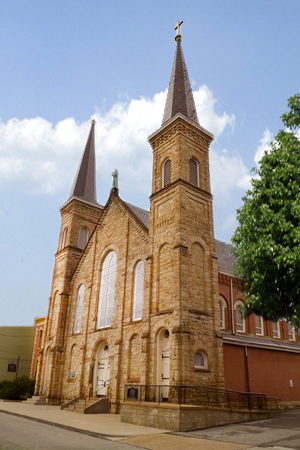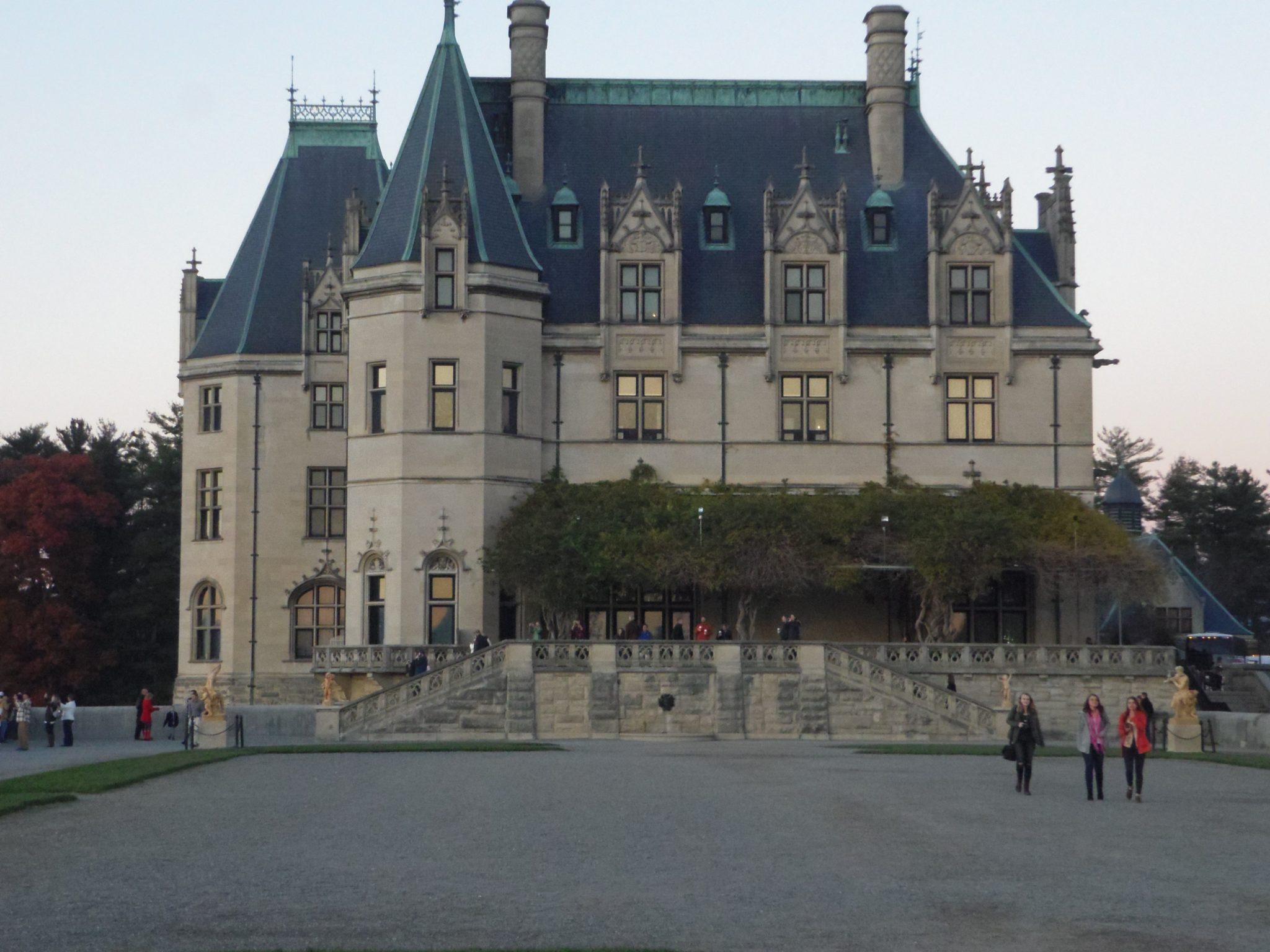
St. Anthony Chapel
August 8, 2017
Is the Biltmore on Your Bucket List?
August 10, 2017 In 2014, Popular Pittsburgh visited the Pittsburgh Botanic Garden in advance of its public debut. (See Paradise Found article) At that time, work was under way in numerous areas of the garden. Earth movers were grading hillsides, construction workers were renovating the barn, and volunteers were planting. Our tour guide outlined the vision for the garden. It aimed to inspire people to value plants, garden design, and the natural world. This is done by cultivating plant collections indigenous to the Allegheny Plateau and temperate regions by creating display gardens, conducting educational programs, and conserving the environment.
In 2014, Popular Pittsburgh visited the Pittsburgh Botanic Garden in advance of its public debut. (See Paradise Found article) At that time, work was under way in numerous areas of the garden. Earth movers were grading hillsides, construction workers were renovating the barn, and volunteers were planting. Our tour guide outlined the vision for the garden. It aimed to inspire people to value plants, garden design, and the natural world. This is done by cultivating plant collections indigenous to the Allegheny Plateau and temperate regions by creating display gardens, conducting educational programs, and conserving the environment.
In 2017 Popular Pittsburgh returned to the garden and was given a tour by Keith S. Kaiser, the garden’s Executive Director. The vision that was seeded is growing into reality and people are flocking to this treasure of a garden.
Botanic Garden is Growing
“Last year was our first full year of being open, and we had 25,000 visitors, triple the amount from the previous year,” Mr. Kaiser said. Already, the garden has hosted nearly three thousand school groups.
The Pittsburgh Botanic Garden is situated on 460 acres of what was formerly a mining area owned by Allegheny County. The county has granted a 99-year lease to the botanic garden. The nonprofit group has been working to reclaim the land and thus far has created a 60-acre Woodlands with more garden areas on the way.
“The Pittsburgh Botanic Garden is for everybody. We especially encourage children who live in urban areas and don’t have much exposure to the woods to come and experience the beauty and wonder of the garden,” Mr. Kaiser said.

Since our last visit, renovations of the 1870s barn have been completed. It now serves as the Bayer Welcome Center. The lower level houses a reception area, a conference room, and classrooms. The upper level provides an exquisite, rustic site for wedding ceremonies and receptions as well as corporate events or other special celebrations. The original beams from the barn lend charm to any occasion, and the Celebration and Rain gardens surrounding the barn create an idyllic setting for any event.
Exploration
The Heritage Homestead area features an authentic log house from 1784,that now functions as a classroom. This log house was once owned by the Walker brothers, for whom Walker Mills in Collier twp. is named for. Sheep and chickens live at the Homestead and give visitors a feel for what it was like to be a settler in Western Pennsylvania in the 18th Century. Close by, sits the Heritage Apple Orchard, which produces some of the same apples enjoyed by Thomas Jefferson.
The Lotus Pond and surrounding Japanese Garden not only offers a peaceful spot to listen to the birds warble and the spring water babble, but it is also an engineering wonder. A limestone bed buried beneath the Japanese garden filters ground water of minerals from acid mine runoff and sends the clean water to the pond where lily pads, fish, and tadpoles flourish. Adjacent to the pond on the hillside is a new planting area of Asian Oaks. “We brought in the Steel City Grazers, a herd of goats to clear the area,” Mr. Kaiser said, referring to the work of clearing the land in order to be able to plant the trees.
Three miles of trails traverse the garden leading through bucolic sites. You can pass through the Margaret L. Simon Dogwood Meadow, where an apiary buzzes with bees. Then, take a stroll into the Woodlands of the World—five gardens featuring woodland experiences from around the world. Don’t forget to stop at the Storybook House and the circular sitting space constructed from branches, called the Bird Nest. It comes complete with oversized eggs, sure to peak the little ones’ interests.
More Coming
Currently, construction is underway for the Garden of the Five Senses. This area will be a sensory garden designed to respond to the needs of individuals with Autism Spectrum Disorder and other cognitive disabilities. “We are half way through fundraising for the garden, and we still need $1.2 million to complete it,” Mr. Kaiser said.
When finished, the Soothing Sounds area of this garden will include plants that make sounds with a small amount of wind or jostling. Likewise, leaves will be left on the ground for rustling underfoot. The Sniff & Savor area will help individuals to learn the importance of smell in the garden. Different scents attract insects to flowers and repel pests from eating leaves. As for taste, edible plants will be there too. The Eye Spy area will provide colorful flower and foliage to inspire children to draw or paint the variety of plants they see. The Diggin’ In section heightens the sense of touch by providing plants with leaves that range from furry to prickly. The Garden of the Five Senses will also include a pavilion that will accommodate the various physical needs of all visitors.
Enjoyment and Education

Not only is the garden itself growing, but so are the educational programs and events. Recently, the garden hosted lectures on such topics as “Epic Tomatoes from Your Garden,” “The Benefits of Bees and Beeswax,” and “Why We Should Care About the Trees in Our Cities.” New programs are always being added, so be sure to keep an eye out for them.
During the spring and summer, you can practice Yoga or Tai Chi outdoor in the peaceful garden. For those who like a livelier endeavor, there is a Scavenger Hunt. You can choose to challenge yourself individually or compete as a team to find everything hidden in the garden.
The Garden Needs Fertilizing
Since the garden is a nonprofit organization and receives little public funding, it relies on the support of corporations and the community to help it to grow. Individuals and families can subscribe to memberships of various levels, with benefits that include free admission and discounts on classes or in the gift shop. Corporate sponsorships are always welcome. Volunteer opportunities are often available for individuals and groups.
The Pittsburgh Botanic Garden is currently open every day but Monday.




